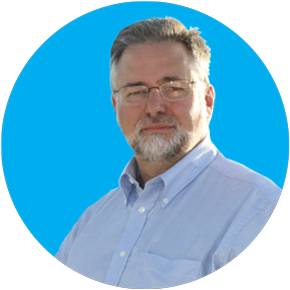
Adolf Würth GmbH & Co KG, parent company of the globally operating Würth Group, is building a research and development centre in Künzelsau, Germany – with the groundbreaking ceremony celebrated at the end of March 2019.
The investment volume amounts to the tune of €70 million and will include state of the art laboratories and workshops, which will be built on an area of around 15,000m2. A climate chamber, the latest 3D printers, and seismic test rigs for anchor technology, will also offer a wide range of options to strengthen and advance internal research in the long run.
A cluster of knowledge and experience
Approximately 250 people will be working in the innovation centre to implement ideas and make them fit for the future. This will include employees from the research and development department of Adolf Würth GmbH & Co KG, from the Group companies active in the manufacturing sector, as well as external researchers.
The cooperation with Karlsruhe Institute of Technology (KIT) and the universities of Innsbruck and Stuttgart will create a cluster of knowledge and know-how. “These university cooperations allow us to take a scientific approach, thus opening up entirely new opportunities. We want to develop even more from a trading company to a manufacturer,” says Thomas Klenk, managing director for product, purchasing and export at Adolf Würth GmbH & Co KG. “We aim to significantly shorten our innovation cycles in order to bring new and further developments to the market even faster and to be able to offer customers solutions with genuine added value.”
The answer to the shortage of skilled workers
The innovation centre helps Würth to be more attractive as an employer and counteract the shortage of skilled workers. “A challenge that we also face being based in a rural area,” says Norbert Heckmann, chairman of the management of Adolf Würth GmbH & Co KG. “The innovation centre significantly increases the appeal of Würth as an innovative and outward looking company for technicians and engineers.”
State of the art workplaces and entirely new development opportunities aim to attract potential applicants. The close cooperation with the universities also takes students directly to the company campus.

Having held senior management roles in leading automotive and fastener businesses, Phil joined Fastener + Fixing Magazine as editor in 2002. Convinced there is no substitute for ‘being there’, over 17 years of visits and interviews around the world means he has accumulated an extraordinary knowledge and perspective of the global fastener industry, reflected in his incisive and thought provoking reporting.
Don't have an account? Sign Up
Signing up to Fastener + Fixing Magazine enables you to manage your account details.